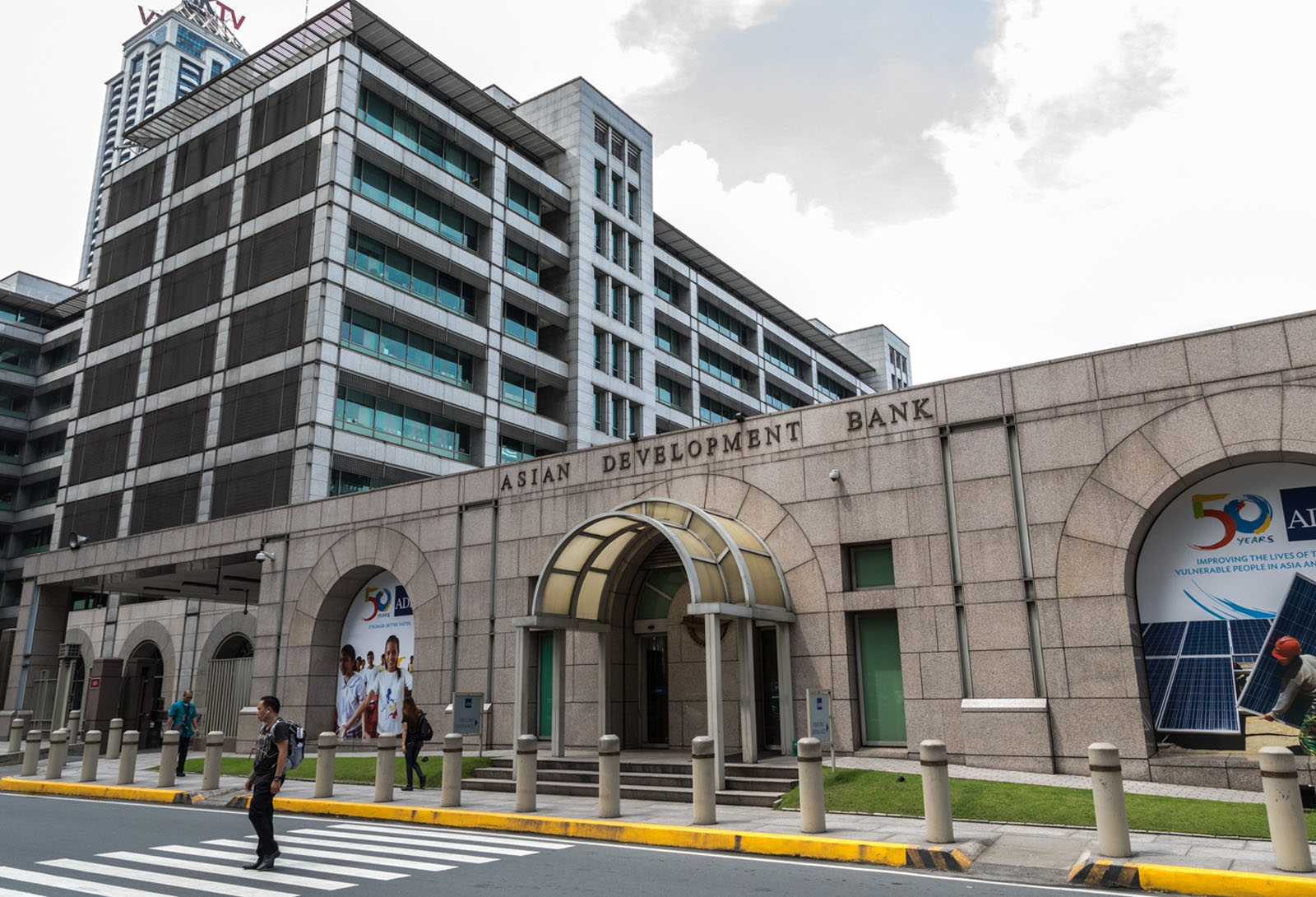The Asian Development Bank (ADB) has lowered its economic growth projections for developing Asia and the Pacific, citing higher US tariffs and mounting trade uncertainties. In its Asian Development Outlook report released Wednesday, the ADB revised its 2025 forecast down to 4.7% from 4.9%, while the 2026 estimate was trimmed to 4.6% from 4.7%. The bank warned that weakening domestic demand, geopolitical tensions, and supply chain disruptions are weighing on the region’s recovery.
Southeast Asia is expected to be the hardest hit, with growth now projected at just 4.2% in 2025 and 4.3% in 2026—a sharp drop from earlier forecasts of 4.7% for both years. ADB Chief Economist Albert Park emphasized the need for stronger economic fundamentals and deeper regional trade integration to sustain investment and employment. “The region must navigate an increasingly challenging global environment,” he said.
The report follows recent US tariff hikes, including a 15% levy on Japanese exports and a new 19% rate for Philippine goods. While these rates are lower than initially threatened, they still exceed previous levels, adding pressure on affected economies. President Donald Trump’s aggressive trade policies have disrupted global supply chains, with nearly all US trading partners facing at least a 10% tariff since April.
The ADB’s definition of developing Asia and the Pacific covers 46 economies, from China to Samoa, but excludes advanced nations like Japan and Australia. With rising energy prices and China’s property market instability further clouding the outlook, the bank urged policymakers to prioritize stability and open trade to mitigate risks. The coming months will be critical as the region braces for more economic turbulence.


